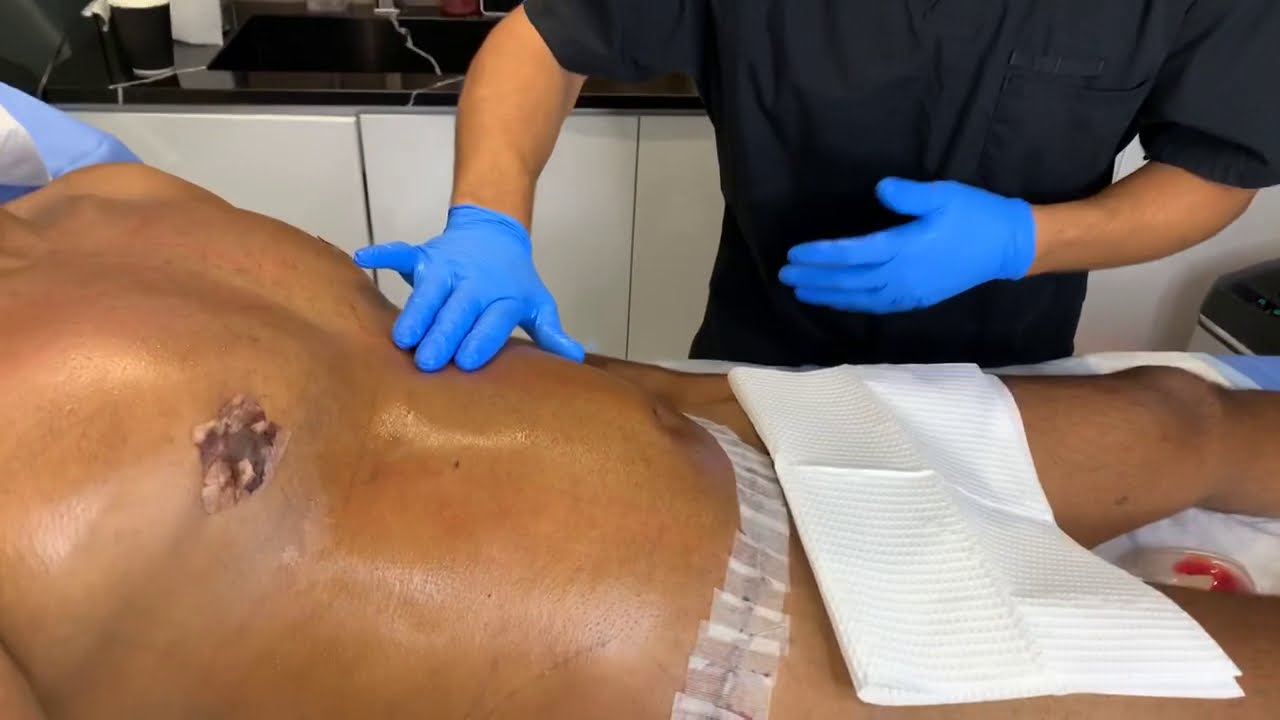Are you considering getting a massage after undergoing liposuction? If so, you might be wondering how often you should schedule these sessions to help with your recovery. In this article, we will explore the recommended frequency for post-liposuction massages, ensuring that you make the most out of this therapeutic treatment. So, sit back, relax, and discover the perfect interval for your massage sessions to feel rejuvenated and promote healing after your lipo procedure.
How Often Should You Get A Massage After Lipo
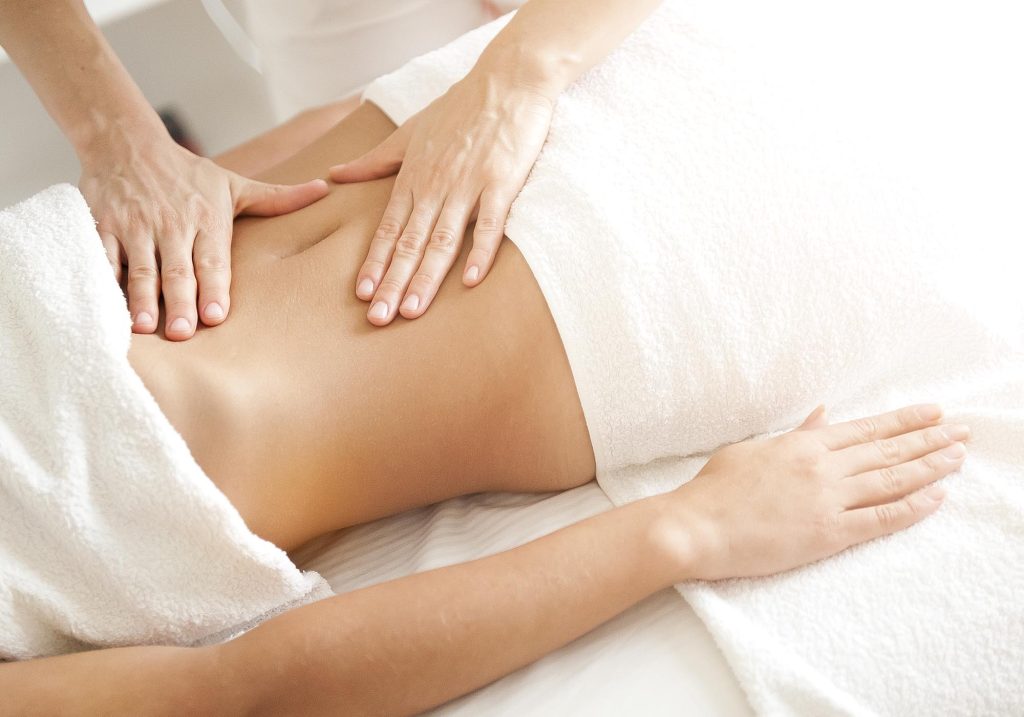
This image is property of www.realself.com.
Understanding post-liposuction recovery
Congratulations on undergoing liposuction! It’s an exciting journey to reshape your body and achieve the results you desire. After your surgery, it’s important to focus on post-liposuction recovery, which includes taking care of yourself and allowing your body to heal. One essential aspect of recovery is massage therapy. Massages can speed up the healing process, reduce swelling, and improve circulation. In this article, we will explore how often you should get a massage after liposuction and the benefits of incorporating massages into your recovery routine.
Benefits of massage after liposuction
Massages after liposuction offer numerous benefits for your body and mind. One of the primary advantages is decreased swelling. During the liposuction procedure, your body may accumulate fluid in the treated areas, which leads to swelling. Massage helps to promote lymphatic drainage, improving the removal of excess fluids and reducing the swelling. This can help you feel more comfortable and see faster results.
Furthermore, massages improve circulation by increasing blood flow to the treated areas. This increased blood flow aids in delivering oxygen and essential nutrients, which are crucial for tissue repair and healing. Additionally, massages can break down fibrous tissue and reduce the appearance of scars, leading to smoother and more even skin. Lastly, massages promote relaxation and stress relief, contributing to your overall well-being during the recovery process.
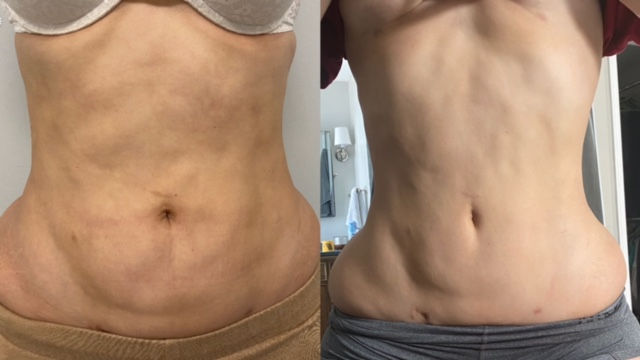
This image is property of static.wixstatic.com.
Factors to consider for massage frequency
While massages have numerous benefits, it’s crucial to consider several factors when determining the frequency of your post-liposuction massages. The intensity of your liposuction procedure, the number of areas treated, and your body’s individual response to surgery all play a role in the recommended massage schedule. To ensure optimal results and prevent any potential complications, it is important to consult with your surgeon or a licensed massage therapist who specializes in post-liposuction care.
Recommended massage schedule for the first week
During the first week after your liposuction surgery, your body requires time to heal and adjust. It is recommended to have a professional massage session within 48 hours of your procedure. This initial massage focuses on gentle and superficial techniques to improve circulation, reduce swelling, and relieve tension. It is important to prioritize rest during this time and avoid deep tissue or vigorous massages.
For the following days of the first week, it is advised to continue receiving professional massages every other day or as recommended by your healthcare professional. These massages should still be gentle and primarily focus on lymphatic drainage and promoting blood circulation. Listening to your body’s needs and adjusting the frequency and intensity of the massages accordingly is essential.
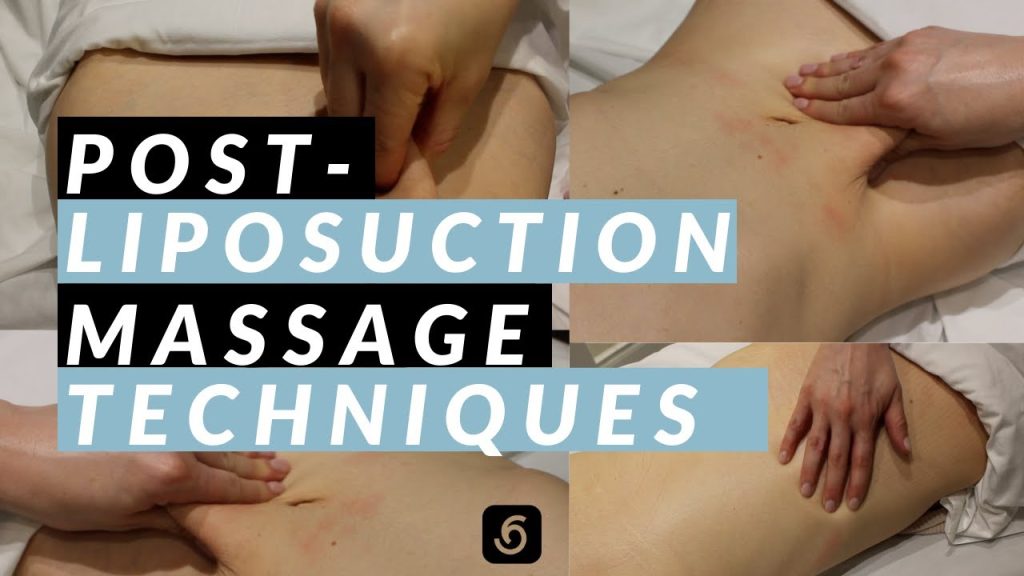
This image is property of i.ytimg.com.
Recommended massage schedule for the second week
As you enter the second week of recovery, your body is gradually adjusting to the post-surgical changes. Professional massages during this period should maintain their frequency, ideally every other day or as recommended by your healthcare professional. The intensity of the massages can be slightly increased, focusing on deeper tissue work and scar tissue reduction.
In addition to professional massages, it is beneficial to incorporate self-massage techniques at home. Lightly massaging the treated areas in a circular motion with your fingertips or using a handheld massage device can help increase circulation and alleviate discomfort. However, it is crucial to follow your surgeon’s instructions and avoid applying excessive pressure or aggressive strokes.
Recommended massage schedule for the third week
By the third week, your body is becoming more accustomed to the changes brought about by the liposuction procedure. At this point, professional massages can be reduced to twice a week, or as advised by your healthcare professional. The focus should still be on promoting circulation, reducing scar tissue, and addressing any remaining swelling or discomfort.
While professional massages are essential, self-massage techniques should continue at home. Incorporating self-massage into your daily routine can help maintain the progress achieved with professional sessions and provide ongoing relief. Remember to be gentle and listen to your body’s response to avoid any potential complications.
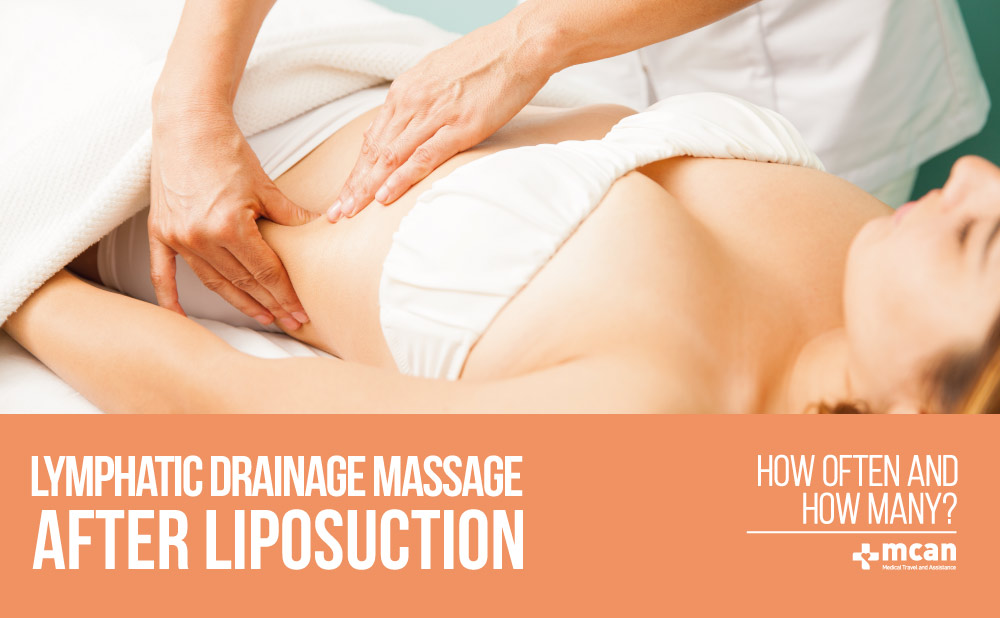
This image is property of www.mcanhealth.com.
Recommended massage schedule for the fourth week
During the fourth week of recovery, professional massages can be further reduced to once a week, or as recommended by your healthcare professional. Massages during this phase should continue to focus on lymphatic drainage, scar tissue reduction, and provide overall relaxation. By this point, most of the swelling and discomfort should have significantly subsided, and your body is well on its way to complete healing.
Continuing with self-massage techniques at home is still beneficial during the fourth week. Pay attention to any specific areas that require extra attention or where you experience more discomfort. Be mindful of any changes to your body and consult with your surgeon if you have any concerns or questions.
Long-term maintenance schedule
After the initial four weeks of recovery, it is important to integrate massages into your long-term maintenance schedule. While the frequency of professional massages can decrease, regular sessions can help maintain the results achieved through liposuction and ongoing self-care.
Ideally, scheduling a professional massage once every two to four weeks can be beneficial for continued lymphatic drainage, scar tissue reduction, and overall well-being. Self-massage techniques can be practiced as needed or desired, focusing on any specific areas of concern. These massages contribute to your body’s health, softening any hardened tissue, minimizing scar visibility, and ensuring optimal circulation.
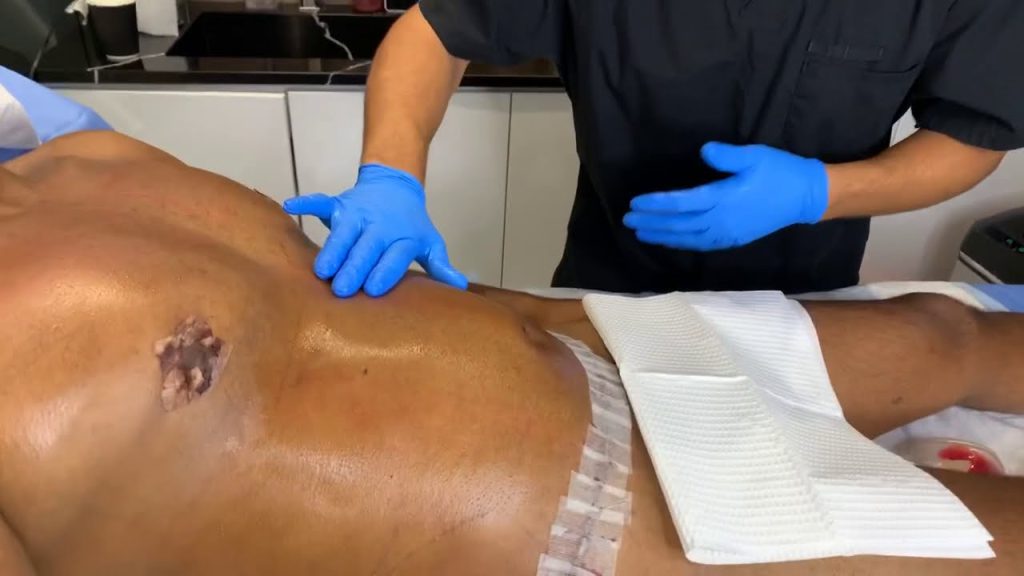
This image is property of i.ytimg.com.
Massage techniques for post-liposuction
When it comes to post-liposuction massages, several techniques can be applied depending on your needs and surgeon’s recommendations. These techniques include manual lymphatic drainage, which focuses on promoting the flow of lymphatic fluid; deep tissue massage, which targets scar tissue and adhesions; and Swedish massage, which enhances relaxation and overall well-being.
It is essential to have these massages performed by a licensed massage therapist experienced in post-liposuction care. They possess the knowledge and skills to apply the appropriate techniques safely and effectively, ensuring positive outcomes and a pleasant experience.
Alternatives to massage for post-liposuction recovery
While massages are highly beneficial for post-liposuction recovery, it’s essential to recognize that they may not be suitable for everyone or may need to be modified based on individual circumstances. If massage therapy is contraindicated for you, or if you prefer alternatives, there are several options available.
Lymphatic drainage massages can be administered using specialized equipment, such as pneumatic compression devices. These devices mimic the rhythmic movements of a massage therapist’s hands, gently stimulating lymphatic flow. Additionally, manual lymphatic drainage can be replaced with compression garments, which provide consistent pressure to the treated areas, aiding in fluid removal and reducing swelling.
Other alternatives for post-liposuction recovery include lymphatic drainage exercises, such as gentle stretching and light physical activity. These exercises promote circulation and lymphatic flow, reducing the risk of complications and improving your overall recovery process.
Remember to consult with your surgeon or healthcare professional to determine the most suitable post-liposuction recovery plan for you, taking into account any specific considerations or medical conditions.
In conclusion, massages can greatly enhance your post-liposuction recovery by reducing swelling, improving circulation, and promoting overall well-being. The frequency of massages will vary depending on various factors, including the intensity of your liposuction procedure and your body’s response to surgery. Following a recommended massage schedule during the first four weeks and incorporating self-massage techniques at home can optimize your healing process. Remember to consult with your healthcare professional to personalize your massage routine and ensure the best possible outcomes for your liposuction journey.
